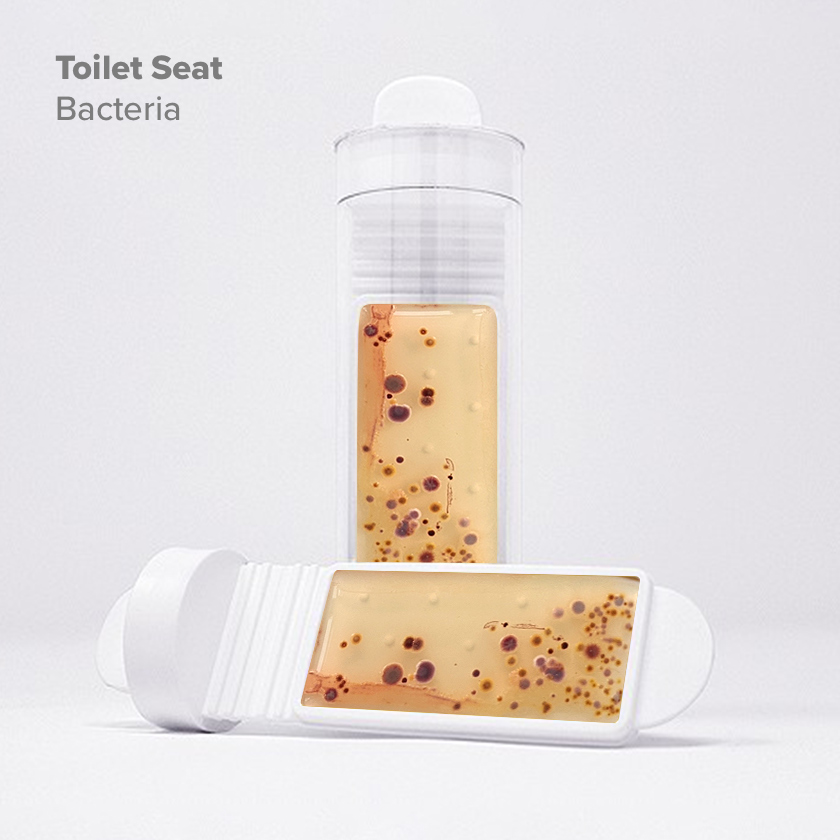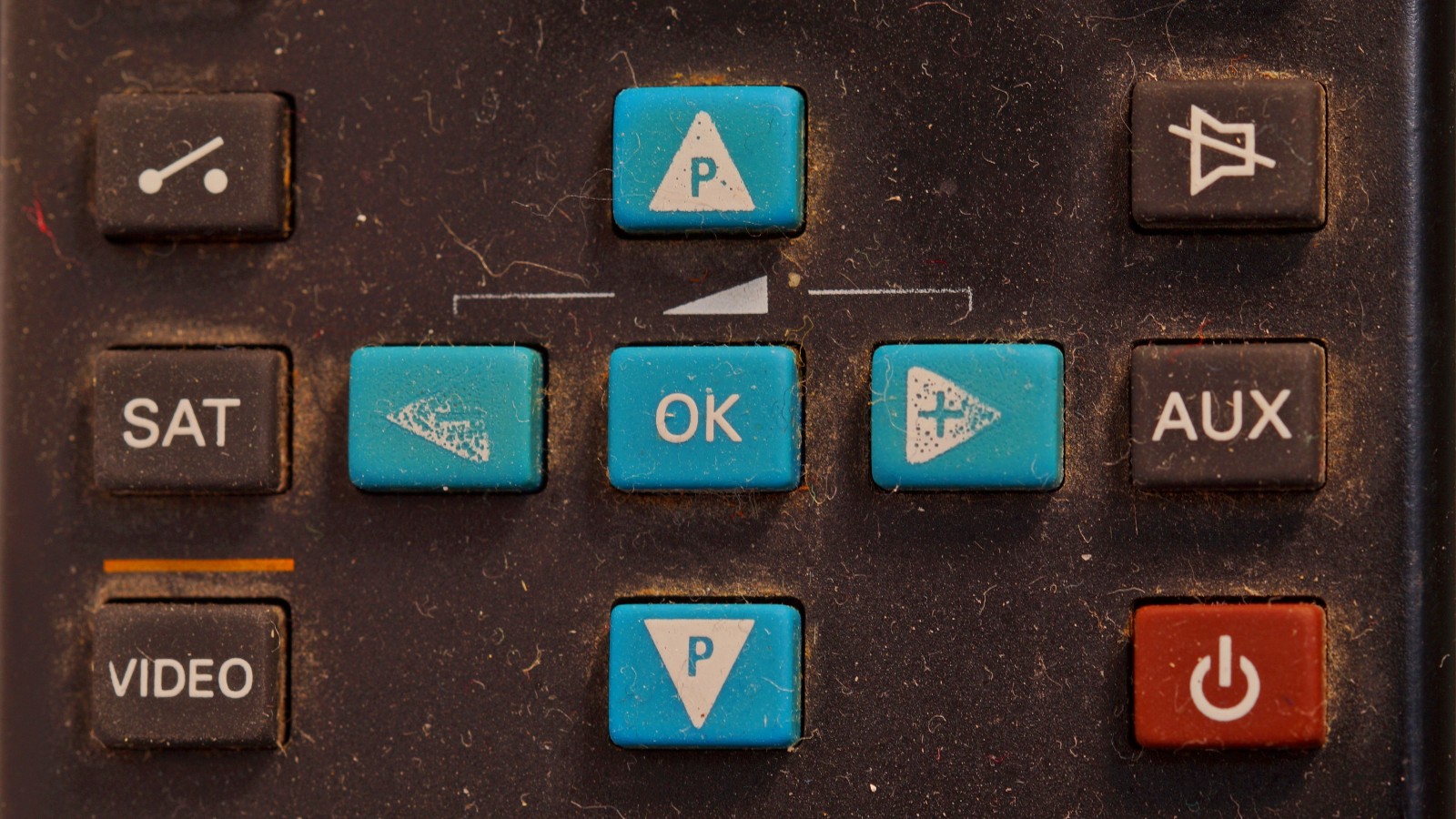The horrifying reason you need to clean your TV remote right NOW


Your TV remote could be harbouring 20 times more bacteria than your toilet seat, a new study has revealed.
No matter how many cleaning hacks you try, from a dishwasher tablet used to clean anything or a 79p spray to revive old Ugg boots, there's one item that if proving troublesome.
As one of the most used items in the home, the trusty TV remote could also be one of the deadliest too, after an experiment carried out by sofa and carpet specialists ScS, found that remotes can be swimming in thousands of colonies of bacteria and yeast, which make it 20 times dirtier than a toilet seat.
No matter if your home is as clean as Mrs Hinch, or what extreme lengths you go to avoid germs, people are still ignoring the expert recommendations to clean their TV remotes at least once a week. Research has found more than two-thirds (67%) of households admitted to NEVER cleaning their TV remote, meaning they could be covered in potentially harmful bacteria.
How dirty is a TV remote?
ScS swabbed TV remotes, toilet seats and carpets in various locations to reveal the levels of aerobic bacteria, yeast and mould particles hidden within. And the results were shocking when it comes to the small handheld device - the TV remote came out as by far the dirtiest of those in the experiment, with the combined bacteria and yeast levels reaching 290 CFU per cm2 (colony forming units per cm2), as well as heavy mould.
Speaking about the findings, Bella Middleton, Founder of Norfolk Natural Living, “When you consider how often you touch your remote control, it is not at all surprising that it is less hygienic than your loo seat. It also isn’t an area that you would particularly think to clean on a regular basis. Food for thought when checking into a hotel room or staying in hospital - just think how many other people have used that remote control before you, especially if they haven’t washed their hands after using the bathroom.”


Shockingly, the TV remote harboured over 2000% more bacteria and yeast making it dirtier than the toilet seat, which showed to harbour 12.4 CFU per cm2 and light levels of mould.
Parenting advice, hot topics, best buys and family finance tips delivered straight to your inbox.
Test items and their levels of infection (Colony Forming Units per cm2*), where 0 = no bacteria:
- TV remote (290)
- Bin lid (262)
- Bedroom carpet (140)
- Living room carpet (52)
- Toilet seat (12.4)
The experiment also revealed that the bedroom carpet is home to high levels of bacteria, yeast and mould, with 140 CFU per cm2.
Despite using a hand-sanitiser throughout the coronavirus pandemic, Bella advised people to follow this simple regime to disinfect, so their remote is not dirtier than their toilet seat. She said, "The best way to clean quick wipe with a cloth dampened with lavender-scented vinegar, is all you need. I always avoid potentially harmful chemicals in favour of safer natural alternatives. Vinegar is a great universal natural cleaning product; it will also disinfect and degrease your remote.”

Meanwhile, Dale Gillespie, head of acquisition at ScS, added: “The TV remote is often neglected when it comes to cleaning yet has been revealed to be one of the filthiest items in the home.
“It’s shocking to see just how dirty remotes really are, especially considering that this is an item that most people, and children, interact with every day. Everybody should make an effort to give it a regular quick clean from now on.”
To find out the ten dirtiest items of the home and how to clean them, visit ScS to learn quick cleaning tips.

Selina is a Senior Family Writer for GoodtoKnow and has more than 16 years years of experience. She specialises in royal family news, including the latest activities of Prince George, Charlotte, Louis, Archie and Lilibet. She also covers the latest government, health and charity advice for families. Selina graduated from the University of Sheffield in 2006 with a degree in Journalism, and gained her NCTJ and NCE qualifications. During her career, she’s also written for Woman, Woman's Own, Woman&Home, and Woman's Weekly as well as Heat magazine, Bang Showbiz - and the Scunthorpe Telegraph. When she's not covering family news, you can find her exploring new countryside walking routes, catching up with friends over good food, or making memories (including award-winning scarecrows!)